Stanford uNIVERSITY
Latest

Brain implant lets people with paralysis write using their minds
Researchers from Stanford University have created a brain chip interface that allows the paralyzed to write on-screen using their thoughts.

Samsung, Stanford make a 10,000PPI display that could lead to 'flawless' VR
Samsung and Stanford have developed a 10,000PPI OLED screen that could lead to completely seamless VR displays.
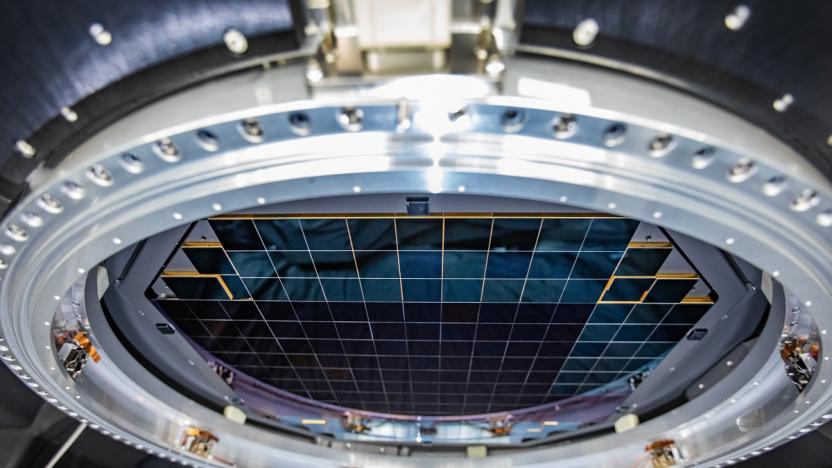
Researchers capture the world's first 3,200-megapixel digital photo
Stanford researchers have taken 3,200-megapixel photos, the largest-ever, using sensors that will be part of the world’s largest digital camera, according to a SLAC National Accelerator Laboratory blog post. The camera will be installed in the university’s Legacy Survey of Space and Time (LSST) telescope in Chile, which will study dark energy, dark matter and create the “largest astronomical movie of all time.” You can also see small, dim objects other cameras can’t capture -- the resolution is so high that you could see a golf ball from 15 miles away, and the sensors can spot objects 100 million times dimmer than visible with the naked eye.

Alphabet's Loon balloons are helping scientists study gravity waves
To compile their report, professor Sheshadri and her team used data that Alphabet's Loon balloons collected over 6,811 separate 48-hour periods between 2014 and 2018.
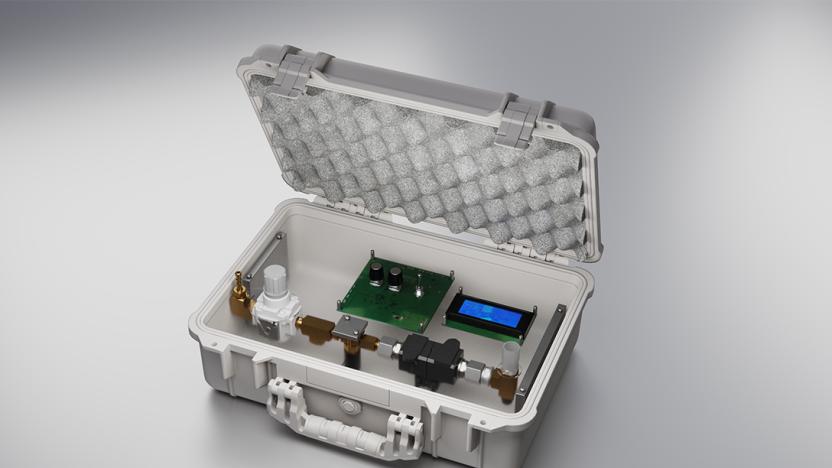
NVIDIA’s chief scientist developed a low-cost, open-source ventilator
NVIDIA Chief Scientist Bill Dally released an open-source design for a low-cost, easy-to-assemble ventilator that he believes could be used to treat patients with COVID-19.
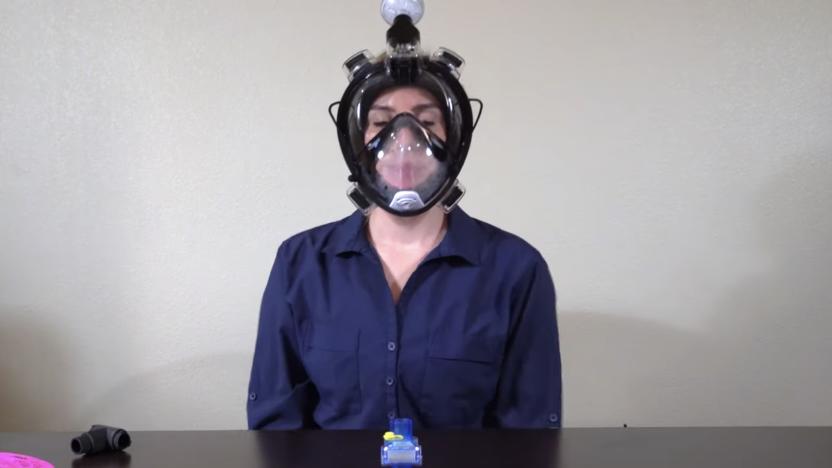
Stanford University lab repurposes scuba gear into reusable PPE
Manu Prakash and his team at Stanford University have turned a standard scuba mask into a reusable medical face mask.

Stanford, Scripps and Fitbit try using wearables to detect infections
Stanford, Scripps Research and Fitbit have unveiled an initiative that, if successful, would use wearables to catch the early signs of infection. The project will study data from five different wearables, each of which will have its own algorithm.

Stanford moves classes online to deal with coronavirus outbreak
Online education is about to get a major (if short) field test. Stanford University is moving the last two weeks of winter quarter classes online "to the extent feasible" to reduce the chances of COVID-19 spreading on campus. There will be no classes in person starting March 9th, the school said. To help with the abrupt transition, the university will both provide "further guidance and tools" and encourage professors to cancel classes outright on March 9th if they need time to adapt their remaining classes.

Stanford researchers manage to put a particle accelerator on a silicon chip
In scientific pursuits, like the search for dark matter, researchers sometimes use high-power particle accelerators. But these giant machines are extremely expensive and only a handful of them exist, so teams must travel to places like the SLAC National Accelerator Laboratory in Menlo Park, California, where Stanford University operates at two-mile-long particle accelerator. This may change, though. Researchers believe they have developed an alternative: a laser-driven particle accelerator that fits on a silicon chip.

Stanford's new tech-laden hospital includes pill-picking robots
Technology only seems to find its way into hospitals in fits and starts. Stanford, however, is about to find out what happens when you build a tech-oriented hospital from the ground up. The university has opened a new hospital in Stanford Health Care's campus that aims to be as capable and connected as the phone in your pocket. You can control entertainment lighting and climate from a pad near your bed, while an updated MyHealth mobile app can help you contact a physician or guide you through the hospital's halls. However, the sheer automation of the hospital may be its real highlight.

Sticker sensor monitors your body using wireless power
Wearable body sensors have a common problem: they need power and antennas, and all that equipment leads to bulky devices that influence your behavior. Stanford researchers, however, have developed a system that could be almost imperceptible. Their BodyNet sticker sensor gathers power and transmits data using an RFID connection to a receiver on nearby clothing, making the sensor itself about as comfortable and flexible as an adhesive bandage. It measures subtle changes in skin that provide a wealth of data for the body, whether it's your heartbeat, breathing rate or muscle activity.
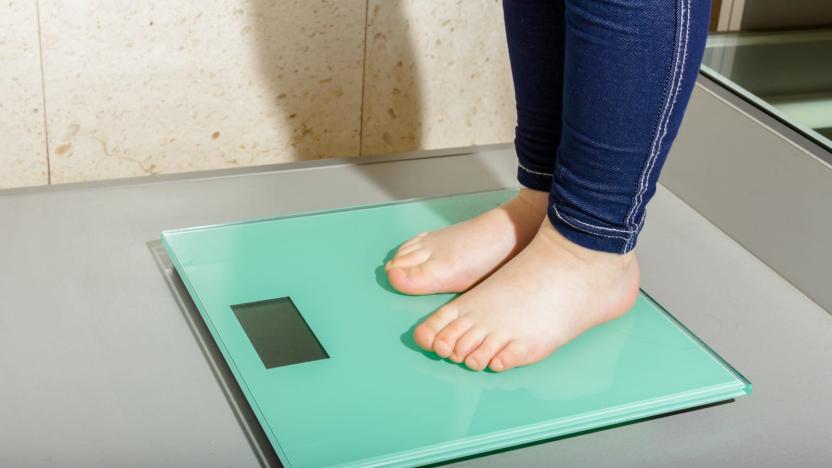
WW, formerly Weight Watchers, launches a weight loss app for kids
Last February, Weight Watchers drew criticism when it announced a free weight-loss program for teens ages 13 to 17. Skeptics feared the program would encourage obsessive eating habits in adolescents, but Weight Watchers -- since rebranded WW -- isn't backing down. Instead, it launched a free weight loss app for adolescents, Kurbo by WW.
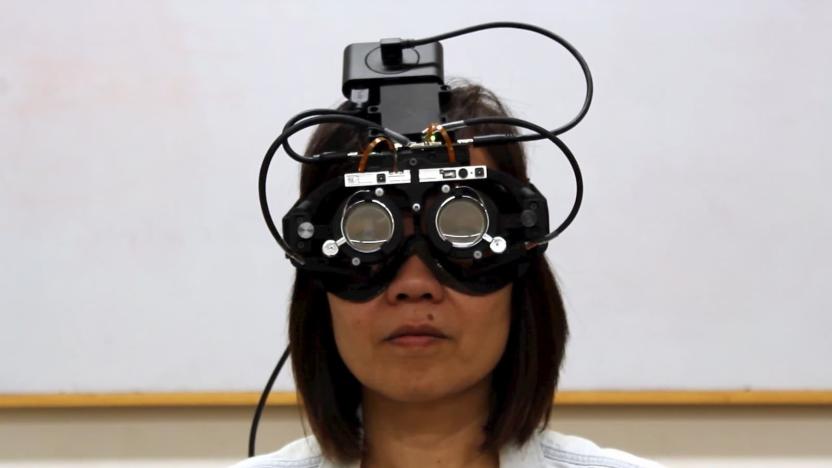
Researchers create eye-tracking glasses that auto-focus where you look
Researchers at Stanford University have created glasses that track your eyes and automatically focus on whatever you're looking at. The so-called autofocals, detailed in a paper published in the journal Science Advances, could prove a better solution than transition lenses or progressive lenses.
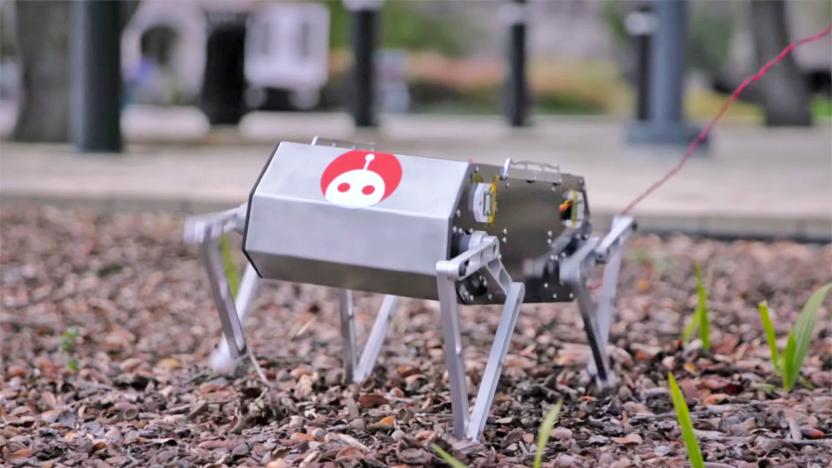
Stanford students' robot dog does backflips for (relatively) cheap
Robots with dog-like talents are nothing new, but it's not exactly practical to buy one that can do more than the basics. The new Aibo is cute, for instance, but not very athletic. A group of Stanford students might have a better solution. They've created Doggo, a four-legged bot that can dance, backflip, jump and trot without requiring exotic hardware. The mechanical canine is made of readily available supplies that achieve the intended acrobatics at minimal cost -- less than $3,000. Instead of using springs to bounce around, it uses force-sensing external motors that continuously determine the levels of force and torque needed for each movement. If the robot's ever out of position, the motors are ready to counteract.

Playing ‘Pokémon’ as a kid may have rewired your brain
If you played Pokémon video games extensively as a kid, there's a good chance that a specific region of your brain gets fired up when you see the characters now. In a recent study, researchers from Stanford University showed test subjects hundreds of Pokémon characters. As you might expect, the brains of longtime Pokémon fans responded more than those unfamiliar with the game. But what's more surprising is that, in all of the fans, a specific brain fold responded, an area just behind the ears, called the occipitotemporal sulcus.

Researchers want to store excess renewable energy as methane
One of the major drawbacks to renewable energy sources like wind and solar is that we don't have an effective way to store excess energy. When the wind blows, we might have more than enough energy to feed the grid, but we can't store the surplus. Then, on breezeless days, we're left powerless. As trite as that might sound, it's unfortunately valid, and companies like Tesla have been trying to develop large battery storage solutions. Now, researchers at Stanford University are working on a biology-based battery alternative.

Scientists can turn regular seawater into hydrogen fuel
A team of scientists at Stanford have figured out a way to make hydrogen fuel out of saltwater. The discovery could open up the world's oceans as a potential source of energy. Researchers view electrolysis, or the act of splitting water into hydrogen and gas, as a promising new source of renewable energy. But it comes with many roadblocks; a major one being that only purified water can be used in electrolysis. Seawater tends to corrode water-splitting systems.

Stanford institute aims to improve humanity through AI
Stanford is joining the rush to create AI research hubs, albeit with a slight twist. The university is opening the Institute for Human-Centered Artificial Intelligence (HAI for short) with the goal of drawing input from across the university and across disciplines -- it wants input from the humanities, business, engineering and other fields in equal measure. It wants to be sure that AI provides a "better future for all of humanity" and addresses the "challenges and disruptions" they'll create for society, such as the effect of automation on the job market.

Stanford study finds Apple Watch can detect irregular heart rhythms
Stanford has released the results of its Apple Watch-based heart study more than a year after it began, and it appears to have been a success, with a few caveats. Only 0.5 percent of the more than 400,000 volunteers received warnings of irregular heart rhythms, but physicians later verified that 84 percent of those notifications were atrial fibrillation episodes and thus potential signs of trouble. To put it another way, the technology both avoided a glut of false positives (a major concern going into the study) and was reliable enough that it was worth a follow-up with doctors.

Physicists keep striking out in the search for dark matter
Space may be the final frontier, but we've barely begun to explore its underlying mechanics. For as much as humanity has discovered since we first looked to the heavens, we've only seen about five percent of the total matter in the universe. The other 95 percent -- the so-called "dark matter" -- well, we can't even figure out how to see yet. But that doesn't mean researchers from around the world aren't devising ways to do so.







